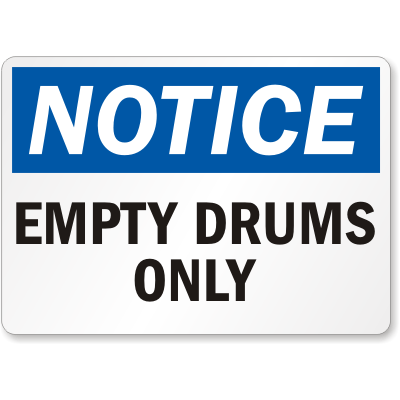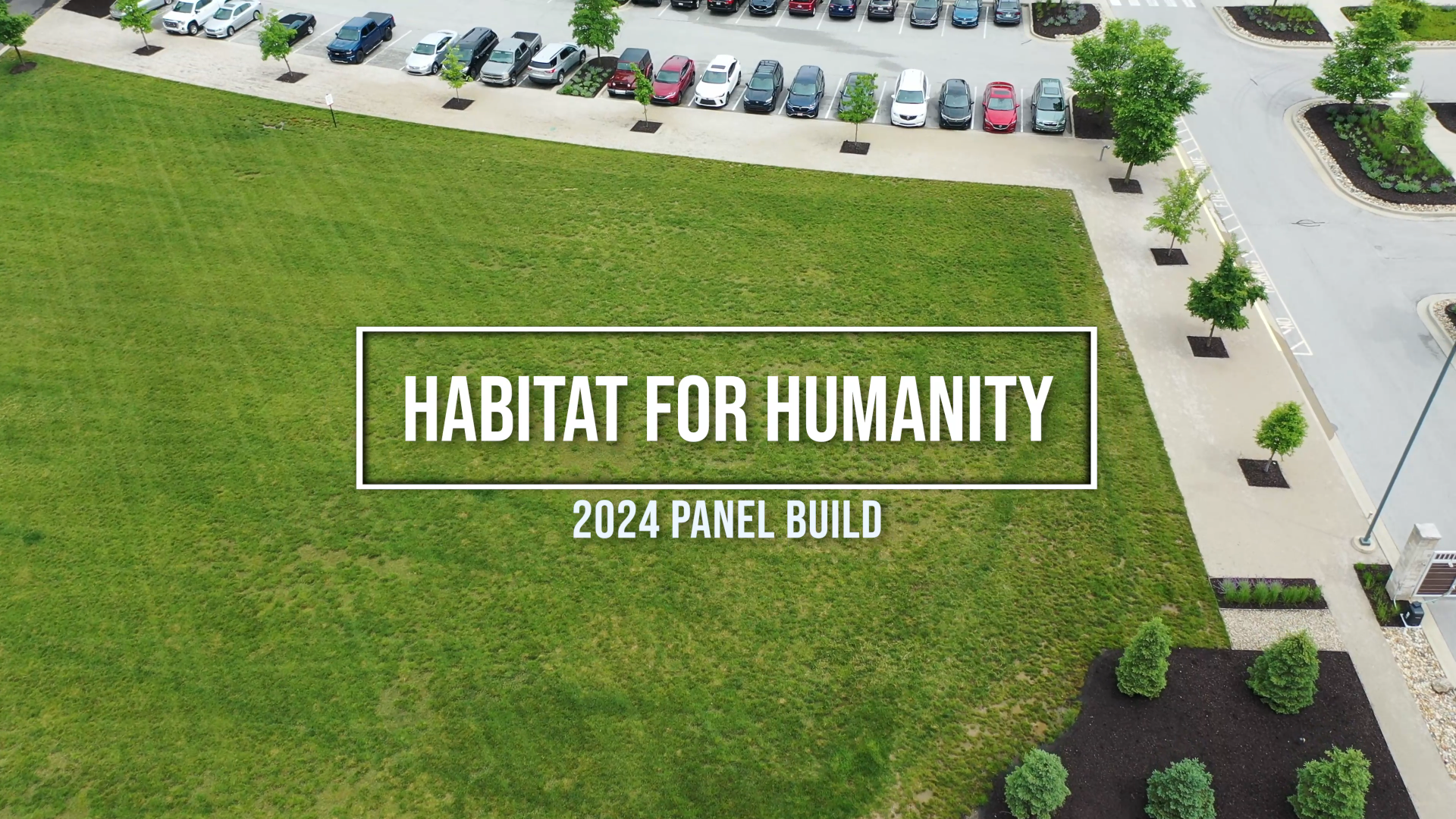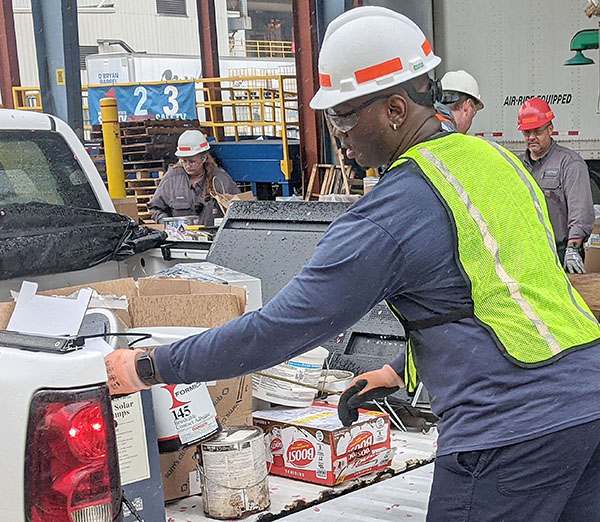
You know the phrase “you learn something new every day?” I sometimes wonder about that. I saw a card once that reflected my feelings pretty perfectly. It said something like, “I disagree with the idea that you learn something new every day. I think there are some days when I learn nothing at all, and in fact, forget some things.” But I am happy to say that today was one of those days when I did learn something!
Now for some of you this will probably not be new news but hopefully I will still provide you with some helpful information about what I learned. So, to alleviate the suspense (assuming you didn’t guess from the title of this post) I learned today that there is a difference between “empty” and “RCRA empty.”
Now I realize that regular hazardous waste generators may be thinking to themselves, “Yeah, we knew this…” But I found it pretty interesting and decided to look into it a little more. Generally, we think of something as empty when it appears empty to the naked eye. However, hazardous containers that are defined as ‘RCRA empty’ are not subject to EPA regulation even when residue remains.
So what makes a container RCRA empty? I learned that there are two general (common) answers as well as a third less common condition. To begin, we will determine if the waste was acutely hazardous.
What is an acutely hazardous waste?
An acutely hazardous waste is one that is P listed or designated with the sub-code H. In layman’s terms, acute hazardous waste is waste that is considered to present a substantial hazard whether managed properly or not. If your waste is acutely hazardous, there are a few ways you can make the container RCRA empty.
How do I make a container holding acutely hazardous waste RCRA empty?
The first way is applicable if your container has an inner liner. If it does you just need to remove it and you’re good to go (in terms of your container being empty, you still need to properly dispose of the liner). If your container doesn’t have a liner you need to triple rinse the container with an appropriate solvent. If triple rinsing is inappropriate you must check with the EPA and local government to determine an alternate method.
What if the waste is not acutely hazardous?
If the waste in your container is not acutely hazardous you can use practices that are commonly employed, industry-wide, to empty them to EPA regulated levels. Common methods for emptying are pouring, pumping, and draining. When emptying there are a few rules that constitute “empty.” Firstly, there can be no more than 1” remaining, no more than 3″ waste for small containers and no more than .3″ for large containers.
What is the third condition?
The third condition refers to gas cylinders. Containers holding compressed gasses are considered empty when the pressure in the container approaches atmospheric pressure.
What happens to residues in a container?
Residues which are removed from a container (like liners) are fully subject to RCRA and may or may not be considered hazardous based on waste determination. Residues in the container, however, are considered exempt and are non-regulated.
And as always, this information may not be all-inclusive and it is always best to check 40 CFR and your state regulations for the most up-to-date information.
More News From Heritage
-
10/14/24
Heritage Environmental Services Announces Timothy Thomas as Chief Operating Officer
Heritage Environmental Services (“HES”), an EQT Infrastructure portfolio company, announced today that Timothy Thomas will join the organization as Ch
-
10/1/24
Heritage Environmental Services Complete Acquisition of EBV from General Dynamics
Heritage Environmental Services, an EQT Infrastructure portfolio company, has completed the acquisition of EBV from General Dynamics.
-
7/31/24
PFAS Regulations: Is 6 the Magic Number?
Learn more about the current and proposed regulation for PFAS and what they mean from our Chief Sustainability and Innovation Officer, Angie Martin.
-
6/27/24
Heritage Environmental Services to Acquire EBV from General Dynamics
Heritage Environmental Servicess, an EQT Infrastructure portfolio company, will acquire EBV from General Dynamics
-
6/13/24
Meet The Facilities – East Liverpool
An inside look at our incineration facility located in East Liverpool, OH
-
5/24/24
Habitat for Humanity 2024
Heritage hosted our 14th annual Habitat for Humanity build this month, partnering with over 50 employees from various THG companies.
-
5/6/24
Date set for the household hazardous waste collection in East Liverpool, Ohio
-
3/12/24
Equal Pay Day – Spotlighting Our Female Drivers








